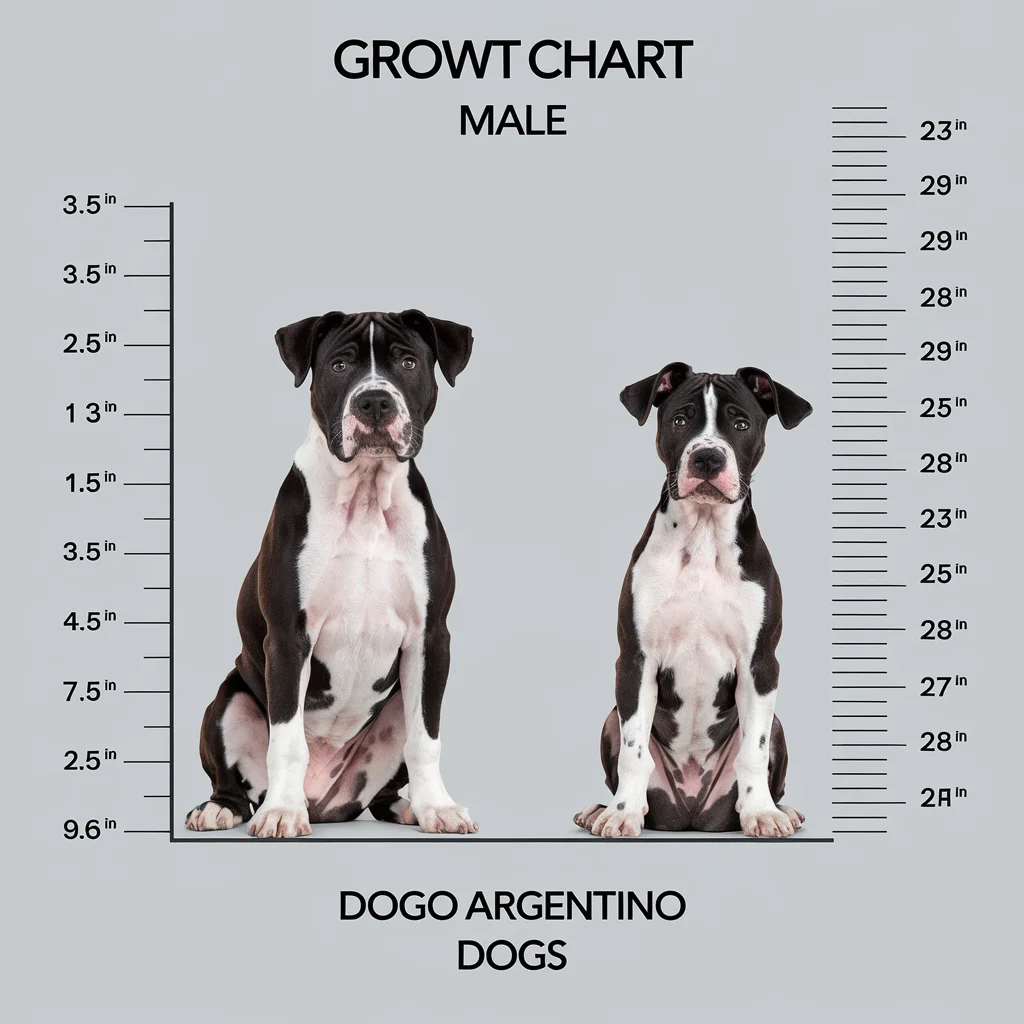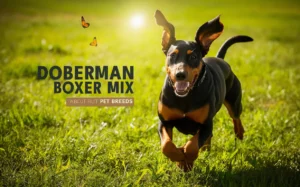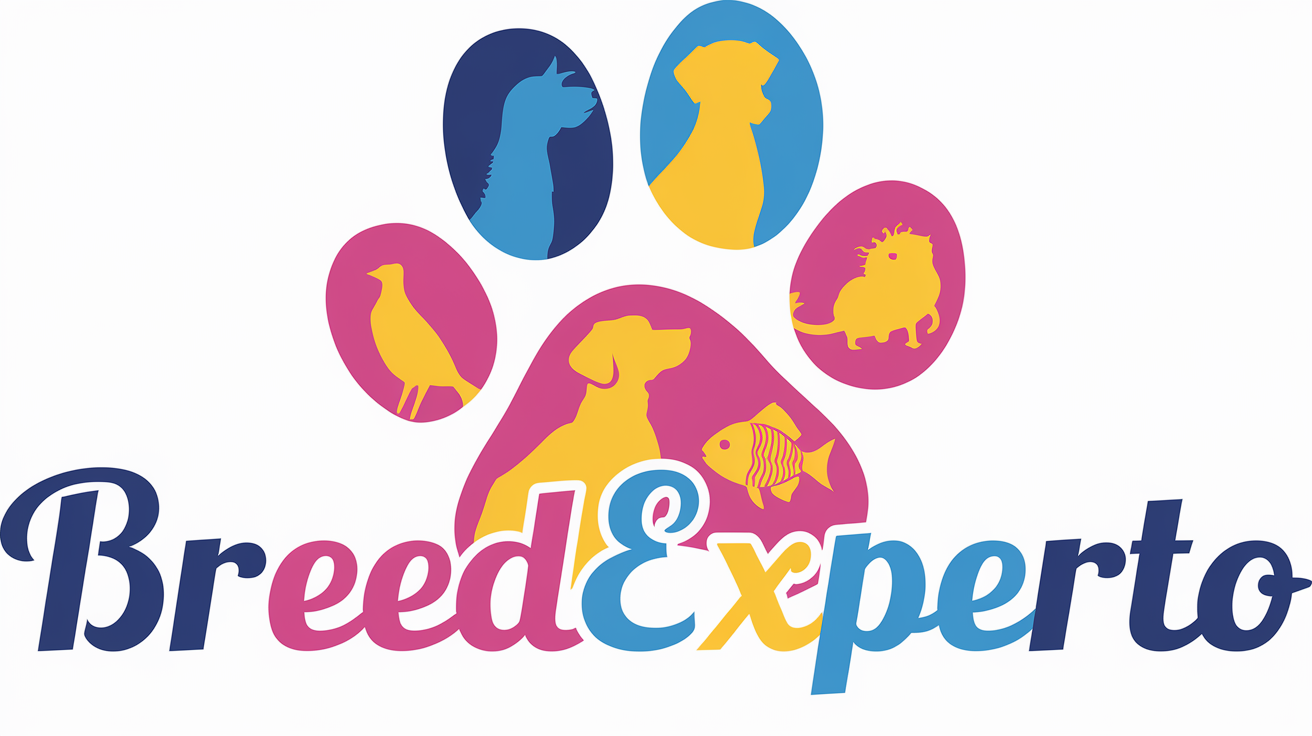Understanding your Dogo Argentino’s growth is essential for ensuring a healthy and happy life for your furry friend. From puppyhood through adolescence, these powerful and energetic dogs go through several critical growth stages.
In this comprehensive guide, we’ll explore male and female Dogo Argentino growth charts, the various developmental stages, feeding guidelines, genetic influences, and much more.
Dogo Argentino Growth Chart: Male vs Female

Understanding the differences in growth patterns between male and female Dogo Argentinos is crucial for pet owners. While both genders will follow a similar growth trajectory, they often reach different weights and heights at various stages.
The Male Dogo Argentino Growth Chart
Male Dogo Argentinos generally grow larger and heavier than their female counterparts. Here’s a breakdown of their growth chart:
| Age (Months) | Weight (lbs) | Height (inches) |
| 0-1 | 3-5 | 12-14 |
| 2 | 12-15 | 16-18 |
| 4 | 20-30 | 20-23 |
| 6 | 35-45 | 22-25 |
| 8 | 50-60 | 24-27 |
| 10 | 60-70 | 26-29 |
| 12 | 70-80 | 28-30 |
Typical milestones include:
- 6 months: Rapid muscle growth begins.
- 12 months: Reaching full height but continuing to fill out.
The Female Dogo Argentino Growth Chart
Female Dogo Argentinos, while slightly smaller, are equally impressive. Their growth chart typically looks like this:
| Age (Months) | Weight (lbs) | Height (inches) |
| 0-1 | 3-5 | 12-14 |
| 2 | 10-12 | 15-17 |
| 4 | 18-25 | 18-21 |
| 6 | 30-40 | 20-24 |
| 8 | 45-55 | 22-26 |
| 10 | 50-65 | 24-27 |
| 12 | 60-70 | 26-28 |
Milestones for females include:
- 6 months: Noticeable shifts in energy levels.
- 12 months: Completion of height growth with continued weight gain.
Understanding these charts helps owners track their Dogo Argentino’s growth effectively.
Growth Stages of the Dogo Argentino Puppy: What to Expect

Every puppy goes through various stages of growth, and Dogo Argentinos are no exception. Recognizing these stages helps you provide appropriate care and training.
Birth to 4 Weeks: Neonatal and Early Socialization Periods
In the first month of life, Dogo Argentino puppies are entirely dependent on their mother. Key developments include:
- Weight: Puppies typically double their birth weight by two weeks.
- Socialization: Early interactions with littermates start here, teaching them vital social skills.
5 To 8 Weeks: Socialization and Early Enrichment
This period is crucial for socialization. Puppies begin to explore their environment, and it’s essential to introduce them to various stimuli:
- Socialization: Introduce to different people, sounds, and other pets.
- Training: Start basic commands like “sit” and “come.”
2 To 4 Months: Juvenile Period
During this stage, puppies experience a growth spurt and their personality begins to emerge. Key points include:
- Weight: Expect weight gain of 5-10 lbs per month.
- Energy Levels: Increased curiosity can lead to mischievous behavior.
4 To 6 Months: Early Adolescence
Dogo Argentinos become more independent, and this phase can be challenging for owners. Characteristics include:
- Behavioral Changes: Increased stubbornness and testing boundaries.
- Physical Growth: Rapid muscle development.
6 To 9 Months: Adolescence
As they approach adolescence, you’ll notice a slowdown in height but an increase in muscle mass:
- Training: Consistent training is vital to maintain discipline.
- Social Behavior: They might exhibit more dominant behavior during interactions.
9 To 12 Months: Later Adolescence
By this age, most Dogo Argentinos reach their full height, though weight gain continues. Important considerations include:
- Behavioral Maturity: More focus and reliability in commands.
- Health Monitoring: Regular vet check-ups to monitor growth and health.
Dogo Argentino Puppy Growth Spurts: What to Watch For
Puppies will experience growth spurts that can impact their behavior and physical health. Recognizing these signs is crucial:
- Increased Appetite: A sudden need for more food is common.
- Behavioral Changes: Restlessness or irritability can signal a growth spurt.
Adjusting their diet and exercise routine during these times can help ensure a smooth transition.
Feeding Your Dogo Argentino Puppy: How Much and How Often
Proper nutrition is vital for healthy growth. Here’s a simple feeding guide based on age and weight.
Feeding Guidelines
| Age (Months) | Daily Caloric Needs | Meal Frequency |
| 0-2 | 400-600 | 4-5 times per day |
| 2-4 | 600-800 | 3-4 times per day |
| 4-6 | 800-1200 | 3 times per day |
| 6-12 | 1200-1600 | 2-3 times per day |
Tips for Feeding
- Quality Food: Choose high-quality puppy food rich in protein.
- Monitoring Weight: Regularly check your puppy’s weight to avoid obesity.
- Hydration: Ensure fresh water is available at all times.
Genetic and Environmental Influence on Dogo Argentino Growth
Genetics and environment significantly affect a Dogo Argentino’s growth trajectory.
Genetic Factors
- Size and Build: The size of the parents often predicts the size of the puppies.
- Health Screenings: Responsible breeding practices can help mitigate potential health issues.
Environmental Factors
- Nutrition: A balanced diet contributes significantly to optimal growth.
- Exercise: Regular physical activity encourages healthy muscle and bone development.
Understanding these influences can guide you in providing the best environment for your puppy.
Factors Affecting Dogo Argentino Growth: What Owners Should Know
Several factors can impact the growth of a Dogo Argentino:
- Nutrition: Essential for bone and muscle development. Ensure a balanced diet rich in proteins and essential vitamins.
- Exercise: Avoid high-impact activities during puppyhood but provide regular walks and playtime.
- Veterinary Care: Regular check-ups help monitor health and growth.
- Spaying/Neutering: Timing can affect growth patterns; consult your vet for the best approach.
Monitoring Your Dogo Argentino’s Growth: Tools and Tips
Tracking your Dogo Argentino’s growth can be beneficial for identifying any issues early.
Growth Monitoring Tips
- Regular Weigh-Ins: Weigh your puppy weekly to track growth.
- Height Measurements: Measure height monthly, especially during growth spurts.
- Use Growth Tracking Apps: Consider using apps designed for pet owners to log growth data.
Signs of Concern
- Underweight/Overweight: If your dog falls outside the average weight range for their age, consult your vet.
- Behavioral Changes: Sudden changes in behavior can indicate health issues.
Common Growth-Related Health Issues in Dogo Argentinos
Dogo Argentinos can face several growth-related health challenges. Being aware of these can help in early detection.
Hip Dysplasia
- Signs: Lameness, difficulty in rising, and reluctance to play.
- Prevention: Maintain a healthy weight and avoid excessive jumping.
Elbow Dysplasia
- Signs: Swelling and pain in the front legs.
- Management: Consult your vet for treatment options.
Obesity
- Causes: Overfeeding and lack of exercise.
- Impact: Can lead to joint issues and decreased lifespan.
Nutritional Deficiencies
- Signs: Poor coat quality and lethargy.
- Solution: A balanced diet tailored to their age and size.
How to Encourage Healthy Growth in Your Dogo Argentino
Supporting your Dogo Argentino’s growth involves providing proper nutrition, exercise, and mental stimulation.
Balanced Diet
- Key Nutrients: Focus on protein, healthy fats, and essential vitamins.
- Supplements: Consider supplements as advised by your vet.
Regular Exercise
- Types of Activities: Walking, playing fetch, and agility training.
- Routine: Aim for at least 30-60 minutes of exercise daily.
Mental Stimulation
- Training Sessions: Incorporate training into playtime for mental engagement.
- Interactive Toys: Use toys that challenge their problem-solving skills.
To Sum It All Up
Understanding the growth of your Dogo Argentino is vital for their health and well-being. From recognizing key growth stages to monitoring their diet and exercise, you play a significant role in ensuring they develop into healthy adults. Keep a close eye on their growth charts, adjust feeding routines as needed, and maintain regular vet check-ups.
By following these guidelines, you can confidently support your Dogo Argentino through their growth journey, setting them up for a long and healthy life by your side.
This detailed guide on the Dogo Argentino growth chart aims to equip you with all the information you need to nurture your furry companion effectively. Understanding their growth and development is essential to being a responsible and loving owner.












